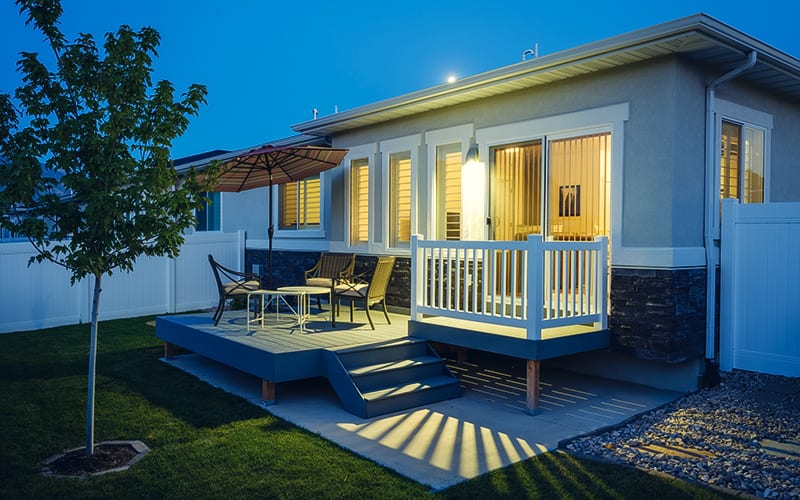Stories
A Complete Guide to Keeping Your Home Safe and Secure
Fostering a safe and secure home is one of the best parts of homeownership. Not only does it create a safe space for friends and family, but it gives you peace of mind when it comes to preventing crime.
Thankfully, protecting your home is a matter of implementing a few proactive strategies and safety measures. This complete guide will equip you with the tools to keep your home safe, and ensure that you and your loved ones can enjoy a secure environment. From best safety precautions to home insurance, we’ll walk you through everything you need to know.
Starting with the basics.
Implement Security Systems to Keep Your Home Safe
One of the easiest ways to keep your home safe and secure is to invest in proper home security measures.
Walk around your home, identifying the vulnerabilities and making note of what could be improved. Could you put in motion-activated lights in the garden to deter intruders? Have you got a visible alarm system? Do all your doors have adequate locks installed?
If your home is in an area where burglaries are commonplace, you might want to prioritise a home security system with a surveillance camera for added peace of mind. Whatever your home needs, there are security systems suitable for every budget.
Put in Barriers to Deter Thieves
Additionally, put in place real or perceived barriers to deter intruders. These can be physical things like picket fences, a tall hedge or even a brick wall. Perceived barriers include things like a change in level or design between the public space of a footpath and a private front garden. If you’ve designed your home, position your windows for clear visibility of the streets, roads, footpaths and play areas too.
Evaluate Your Exterior Designs
Have a look around your property for things like tall trees, lattices or carports that could act as ladders to upper storeys of your home. Look for ways to secure these or make them less accessible or concealed. This might be as simple as adding in sensor lights so that you can observe them from your house.
Check You Have Basic Safety Measures Installed
Besides protecting your home from intruders, there are several steps you can take to ensure your home is safe for those living in it.
Schedule in routine checks for your fire alarms and smoke detectors to ensure they’re working effectively. It’s not uncommon for smoke detectors to run out of battery, so doing this eliminates the chance of that happening in your home.
On a less obvious level, the way you design and fit out your home can play a role in its safety and security. Unfortunately, most accidents occur in the home. Particularly in areas like kitchens, bathrooms and outdoor areas. Being aware of this helps you make more mindful design decisions in these areas.
You can do simple things like buy a guardrail or deep setback to protect hot plates on the stove, or use fire resistant finishes leading up to and above the cooktop. Additionally, it’s a good idea to put microwave ovens above the eye level of children or at the back of a bench to prevent accidents.
In terms of the bathroom, getting a movement-sensitive light for safe access to the toilet at night can help reduce falls – especially for elderly residents. If you’ve got locks on your bathroom, make sure they can be opened from the outside too in case of an emergency.
Take out Home Insurance
Home insurance can provide you with the ultimate peace of mind. Whether protecting you from petty theft or events outside your control – such as storms or fires – home insurance can give you the assurance you need.
Learn more about home insurance, what it generally covers, what’s excluded, and what terms like “excess”, “premium” and “sum insured event” mean by looking at different insurer’s policies and products.


